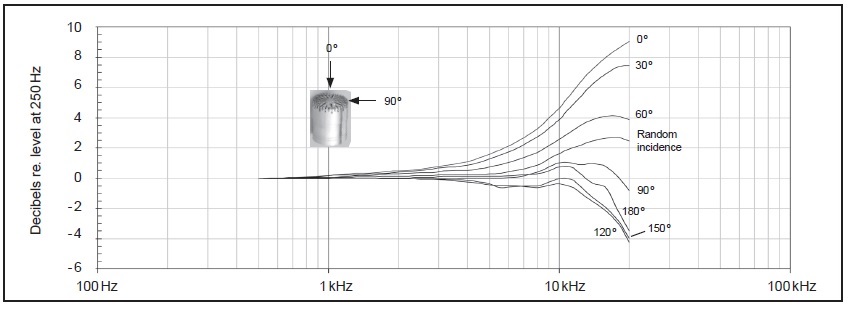Speaker_tweaker
Member
- Joined
- Oct 5, 2022
- Messages
- 83
- Likes
- 103
I don't disagree with any of that. I do know my Umik has an individual cal file as I have looked at the file for others and they differ. Someone said at one time miniDSP used a single file for all mikes. I don't know when that changed, but I don't think it true now.
Measuring indoors you have to be picky, picky, picky about exact placement to compare two microphones. Tiny differences alter those upper frequencies.
Electrostatic actuators would be the way to go, but I'm guessing they are rather expensive.
The EMM6 has individual calibration files that you download with your serial number as well.
Microphone placement is also critical when measuring outdoors or in an anechoic chamber due to diffraction of the enclosure and phase differences between drivers. That's why when I was comparing my mics I used a small 20mm tweeter set flush in a large baffle, and I did a gated measurement. That eliminates the room and baffle diffraction.

